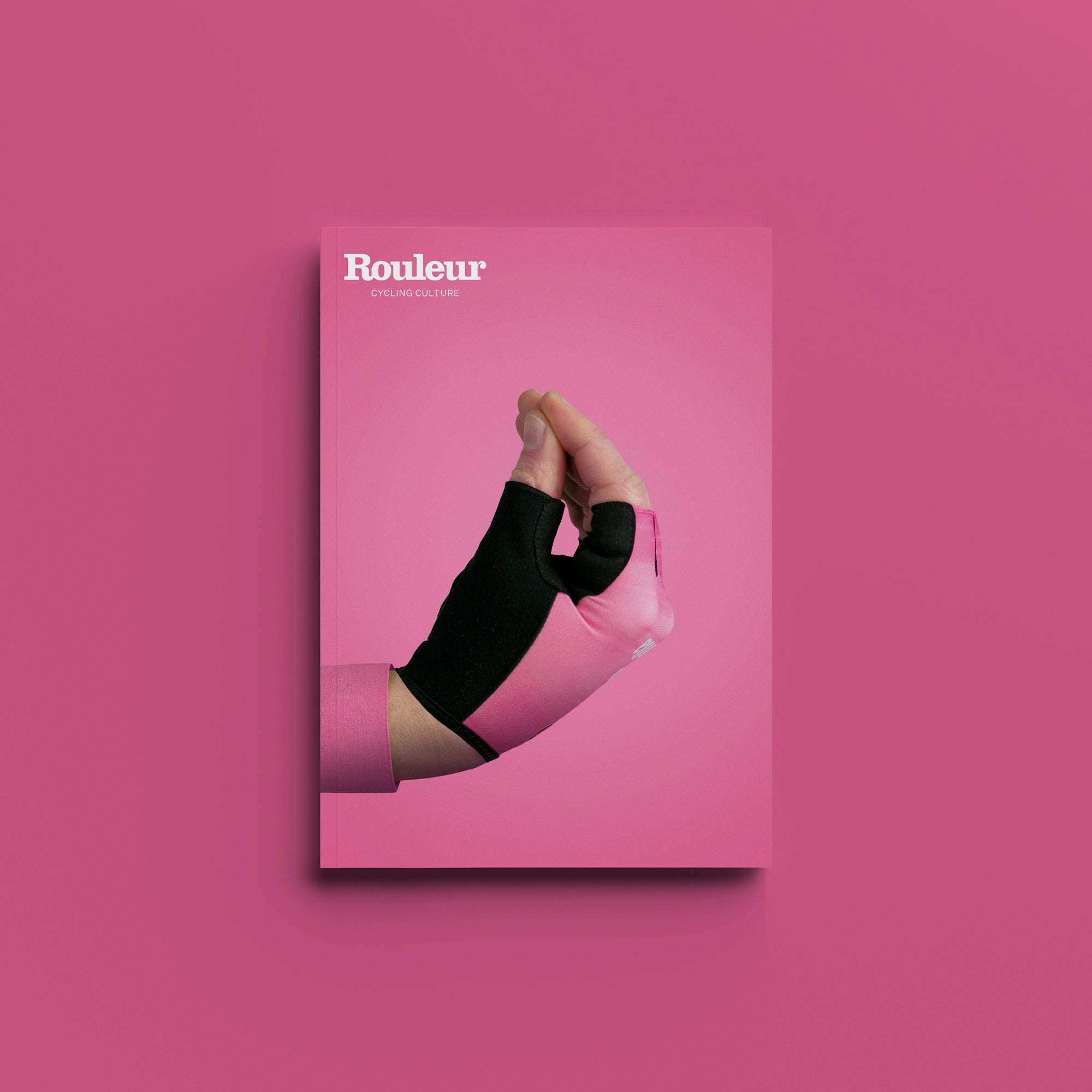Travelling in Calabria with a Cypriot friend a quarter of a century ago, I wandered into a bar where a group of locals were absorbed in an animated conversation in a language that was not Italian.
My friend’s eyes lit up. “I can understand what they’re saying,” he said in amazement. “They’re speaking Greek” – or an ancient version thereof, spoken in a few villages, most likely, it turns out, brought there by Byzantine invasions in 965 AD.
Italy is a land of hundreds of languages lazily described by the Italians as dialetti. But they aren’t dialects at all, in the sense of being variations on Standard Italian, but languages which evolved alongside but entirely independently of what would become the national language, which is essentially the language – or dialect – of Florence.
Many of these languages have their own poets and literature. Pier Paolo Pasolini, who was from Bologna, learned Friulan, the language of the Italian north east, well enough to write poetry in it.
“I learnt it as a sort of mystic act of love, a kind of félibrisme, like the Provençal poets,” he said. There was even movement to have Biagio Marin, a poet who wrote in the language of the island of Grado, awarded the Nobel Prize.
Read Jan Metzinger – Cubism and Moser in Venice
The reason I bring this up is this: it seems to me that the essence of cycling, the psychic charge it evokes, lies in the completion, amid scenes of celebration, of a journey that cannot be just any journey. There has to be an element of overcoming about it, the crossing of some sort of threshold or dividing line, be it symbolic – a language barrier, a historic rivalry – or physical, like a mountain pass.
Forty per-cent mountainous, Italy is certainly well-stocked in passes, with Alps and Dolomites piled across the top and a ridge of Apennines running 840 miles down the middle. If you chose start towns and finish towns at random, the chances are there would be a fairly formidable physical obstacle between them.
Going back to the realm of the symbolic, as a nation that was only unified in the 1860s, Italy is still riven by historic rivalries between villages, towns and regions, and crisscrossed by dividing lines of language, culture and worldview, easy to miss but evident in the smallest daily things, to wit, the rice-pasta divide or the butter-olive oil partition. Ask for “un nero” at the railway station in Trieste and you get a small, strong coffee in an espresso cup. Ask for “un nero” in the bar at the next station, Monfalcone, and they give you a glass of red wine.
So, Italy offers endless opportunities for the symbolic crossing of thresholds, conscious or unconscious. As springtime races, Tirreno-Adriatico and the Giro are regularly held in variable weather conditions (unlike the Tour, whose rare days of wind or heavy rain are instantly elevated into classics). Italian riding favours a certain type of rider who can go with the flow of sometimes extreme conditions, like Vincenzo Nibali and Nairo Quintana.
To my mind, all these factors make Italy such fertile ground for cycling.
Gallery: Primavera! Spring Racing in Italy by Russ Ellis
The temporal dimension holds even more of these invisible divisions, for Italy is a nation where technological and economic development came suddenly, causing the national trauma of massive rural population flight. Myriad small bike manufacturers served the transport and recreation needs of a lumpen proletariat one generation removed from the fields.
Consider the bike manufacturer Wilier Triestina, from Bassano del Grappa, who rode this year’s Giro with a wildcard.
Wilier first sent a trade team to the Giro in 1946, where the Trieste rider Giordano Cottur won the stage finish in his home city, which was at the time claimed by Italy and Yugoslavia. It was a symbolic win for Wilier, an acronym for Viva Italia libera e redenta (which means, roughly, “Long Live Italy, Free and Integral,” i.e., with Trieste and the Trentino integrated into the nation). The word Triestina was added to the company’s name after Cottur’s stage win.
Various episodes of the peninsula’s modern history are associated with the bicycle: think of the abdication of King Victor Emmanuel III, too compromised by his earlier support of Mussolini to play any part in post-war Italian politics. On 19 March 1946, the day after he announced his intention to abdicate, Fausto Coppi, that giant of Italian sporting history, launched a 150km solo attack that led to victory in the 37th Milan-Sanremo by no less than 14 minutes.
To fill the intervening chasm, the radio commentator Niccolò Carosio came up with the immortal line: “First to finish, Fausto Coppi. And now, while we wait for the other riders to finish, here is some light music!” In collective memory, the birth of the modern Italian Republic is intimately associated with Fausto Coppi’s extraordinary performance that day.
Read: the Church at San Biagio – Coppi, Magni and la Dama Bianca
My old Italian professors used to tell me of childhood afternoons spent cutting out portraits of Coppi, Bartali and the other greats from the newspapers, sticking them into the concave surfaces of beer bottle tops, and rolling them along roads and lanes made in the mud or sand where they played.
This is cycling as culture, not mere sport.
A version of this column was first published in Rouleur 17.3
The post Lingua franca: how language and cycling have shaped Italian culture appeared first on The world's finest cycling magazine.































